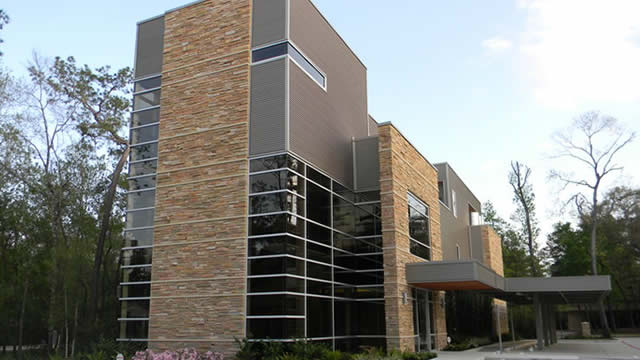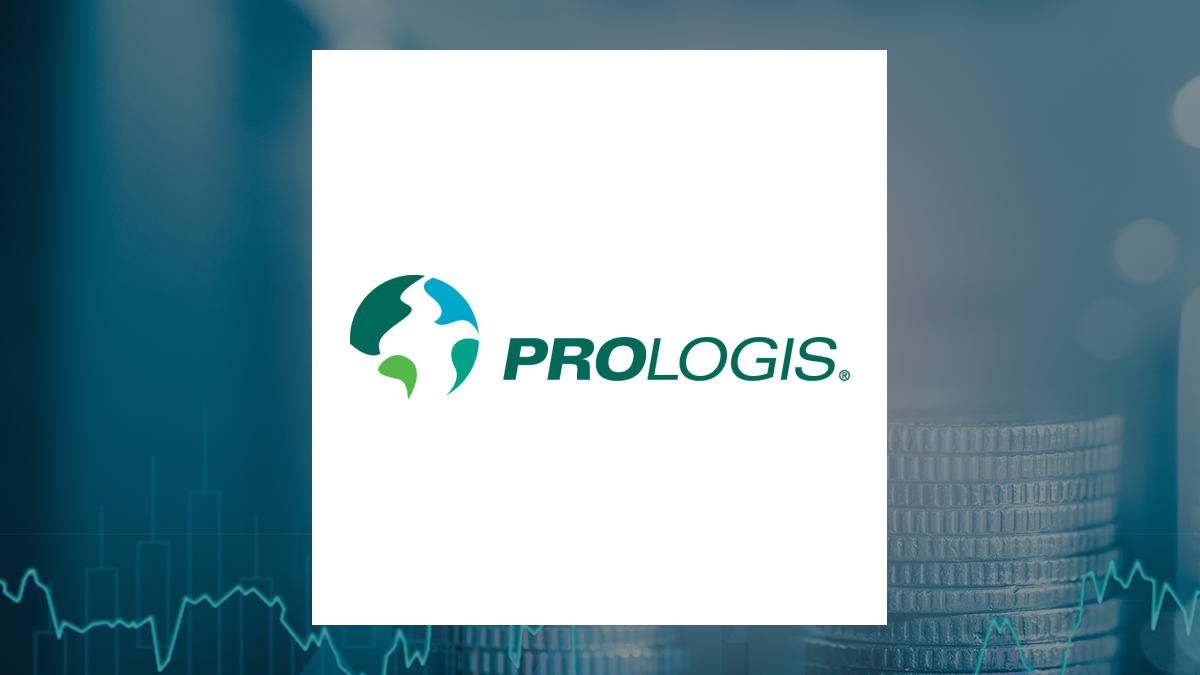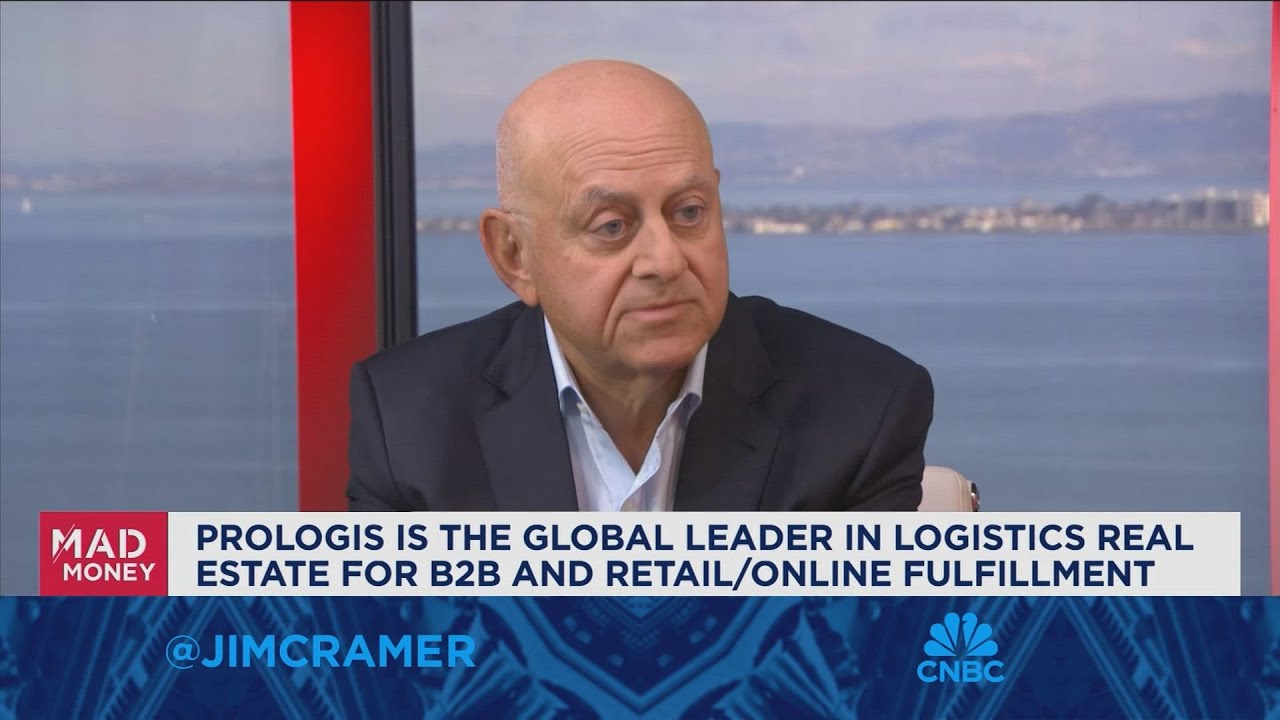
PLD
Prologis, Inc.
$129.55
1.02
(0.79%)
| Exchange: | |
| Market Cap: | 120.193B |
| Shares Outstanding: | 85.875M |
About The Company
| Sector: | Real Estate | |||||
| Industry: | REIT – Industrial | |||||
| CEO: | Hamid R. Moghadam | |||||
| Full Time Employees: | 2703 | |||||
| Address: |
|
|||||
| Website: | https://www.prologis.com |
Prologis, Inc. is the global leader in logistics real estate with a focus on high-barrier, high-growth markets. As of December 31, 2020, the company owned or had investments in, on a wholly owned basis or through co-investment ventures, properties and development projects expected to total approximately 984 million square feet (91 million square meters) in 19 countries. Prologis leases modern logistics facilities to a diverse base of approximately 5,500 customers principally across two major categories: business-to-business and retail/online fulfillment.
Click to read more…
Revenue Segmentation
EPS
Earnings Call
Income Statement
(* All numbers are in thousands)
Balance Sheet
(* All numbers are in thousands)
Cash Flow Statement
(* All numbers are in thousands)
Analyst Estimates
(* All numbers are in thousands)







